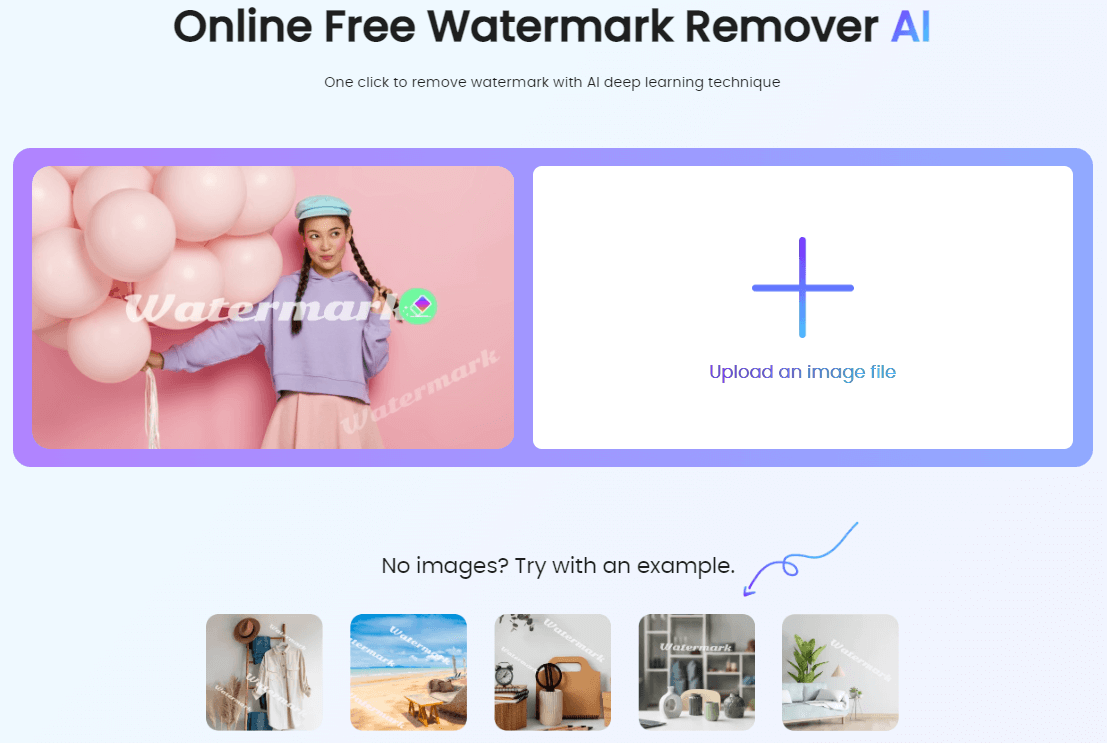If you’ve ever come across a stunning photo on Shutterstock but didn’t want to pay for it right away, you might have wondered how to remove that pesky watermark. While it might seem tempting to find quick fixes online, it’s important to understand the ins and outs of watermark removal. In this post, we’ll explore some common methods and the legal side of things, so you can make informed decisions. Remember, respecting copyright laws is crucial, even if it’s tempting to bypass them. Let’s dive into what you need to know before trying to remove Shutterstock watermarks for free.
Understanding Copyright and Legal Considerations

Before you get excited about removing watermarks from Shutterstock images, it’s essential to understand what copyright means and the legal boundaries involved. When you see a watermark on an image, it’s a clear sign that the creator or the platform holds the rights to that photo. Removing or using the image without permission can lead to serious legal trouble, including fines or lawsuits.
Here are a few key points to keep in mind:
- Watermarks are there to protect intellectual property. They indicate that the image is copyrighted and not free for public use.
- Using images without permission is copyright infringement. Even if you manage to remove the watermark, using the photo without proper licensing is illegal.
- There are legal ways to use Shutterstock images: Purchase a license, use free stock photos, or create your own images.
Trying to bypass watermarks might seem like an easy shortcut, but it’s important to respect artists’ rights and the rules set by copyright laws. Instead of attempting to remove watermarks unlawfully, consider legitimate options such as buying the image, using free alternatives, or creating your own visuals. Remember, respecting copyright not only keeps you on the right side of the law but also supports creators who work hard to produce beautiful content.
Methods to Remove Shutterstock Watermarks for Free

So, you’ve downloaded a stunning image from Shutterstock but realized it has a watermark that you want to get rid of—maybe for personal use or a quick project. While Shutterstock‘s watermarks are there to protect copyright, sometimes you might need to remove them for legitimate reasons, such as previewing an image more clearly or practicing editing skills. Keep in mind, though, that removing watermarks from images you don’t own or without permission can be illegal and unethical. Always ensure you’re respecting copyright laws.
That said, here are some common methods people have tried to remove watermarks for free:
- Cropping the Image: Sometimes, the watermark is placed at the edges of the photo. Cropping can be the simplest way to eliminate it. Just open the image in any basic photo editor, select the crop tool, and trim out the watermark area. However, this might cut out important parts of the photo, so it’s only useful if the watermark is near the border.
- Blurring or Cloning: Using tools like the clone stamp or healing brush, you can manually cover the watermark. This requires some patience and a steady hand, but it can be effective if done carefully. Free editors like GIMP or Paint.NET offer these features.
- Using Content-Aware Fill or Similar Features: Some advanced photo editors have content-aware tools that intelligently fill in the area where the watermark is. These tools analyze surrounding pixels and fill in the selected area seamlessly. GIMP, for example, has a “Resynthesizer” plugin that mimics this feature.
Remember, these methods can be time-consuming, and the results may vary depending on the image’s complexity and the placement of the watermark. They also might not produce perfect results, especially if the watermark overlaps detailed parts of the photo. For cleaner results, professional tools or dedicated software might be better suited, which we’ll discuss next.
Using Online Tools and Photo Editing Software
If you’re looking for more efficient ways to remove watermarks without spending a dime, online tools and free photo editing software can be your best friends. They often come with user-friendly interfaces and powerful features that make the task much easier—even if you’re not a professional designer.
Online Tools:
| Tool Name | Features | Ease of Use |
|---|---|---|
| Inpaint Online | Removes watermarks, objects, and blemishes with a simple brush tool | Very user-friendly, no registration required |
| Fotor | Cloning and healing tools, background remover | Easy for beginners, web-based |
| Pixlr X | Advanced editing, clone stamp, healing brushes | Intuitive interface, suitable for quick edits |
Using these online tools usually involves uploading your image, selecting the area with the watermark, and applying the removal feature. They do a decent job, especially for simple watermarks, but results can vary depending on the complexity of the image and watermark placement.
Photo Editing Software:
- GIMP: A free, open-source alternative to Photoshop. It has powerful tools like Clone, Healing, and Resynthesizer plugin that can help remove watermarks. It might have a learning curve but offers great control.
- Paint.NET: Another free editor with basic cloning and healing tools. Ideal for quick edits and simple watermark removal projects.
- Darktable: Free software geared towards photographers, offering advanced editing capabilities.
To remove a watermark using photo editing software:
- Open the image in your chosen software.
- Select the clone stamp or healing brush tool.
- Zoom into the watermark area for precision.
- Carefully brush over the watermark, sampling nearby clean pixels to blend it seamlessly.
- Adjust the size and hardness of your brush as needed for better results.
- Save your edited image once satisfied.
While this process takes some patience, it often yields cleaner results compared to quick-fix online methods. Remember, practice makes perfect—so don’t get discouraged if your first attempt isn’t flawless!
In summary, whether you choose quick online tools or more detailed photo editing software, the key is to be patient and meticulous. Always respect copyright laws and use these techniques responsibly.
Tips for Editing Photos Without Leaving Traces
So, you’ve managed to find a photo you love and want to remove that pesky Shutterstock watermark. If you’re planning to do some editing, it’s important to do it carefully so that your edits look natural and seamless. Here are some practical tips to help you make your edits without leaving obvious traces:
- Use High-Quality Editing Tools: Software like Adobe Photoshop, GIMP, or even some advanced online editors can give you the control needed for precise edits. Avoid basic tools that can leave obvious artifacts or pixelation.
- Work with Layers: Always work on duplicate layers. This way, you can make adjustments without affecting the original image, and it’s easier to undo any mistakes.
- Clone and Heal Carefully: Use cloning and healing brushes to cover the watermark. Take small samples from surrounding areas and blend carefully. Remember, patience is key—rushing can lead to uneven patches.
- Pay Attention to Lighting and Texture: Match the lighting, shadows, and textures of the surrounding areas. If the area behind the watermark is bright, don’t make your edits too dark. Small details make a big difference.
- Zoom In and Out Regularly: Zoom in for detailed work and zoom out regularly to see how the edits look from a distance. This helps ensure your edits blend naturally and don’t look obvious up close.
- Use Blur or Smudge Tools Sparingly: Sometimes, subtle blurring or smudging can help smooth out the edited area. However, overdoing it can make your picture look unnatural, so use these tools with caution.
- Final Touches: After removing the watermark, you might want to sharpen or adjust the overall image to restore consistency. Also, compare your edited photo with the original to spot any inconsistencies.
Remember, the goal is to make the watermark disappear without making it obvious that the photo has been edited. Practice makes perfect, so don’t get discouraged if your first tries aren’t flawless. With patience and attention to detail, you can create a clean, professional-looking image that looks just as good as if it never had a watermark.
Alternative Ways to Obtain Licensed Photos Legally
If removing watermarks without proper licensing sounds a bit risky or complicated, don’t worry—there are plenty of legal and straightforward ways to access high-quality, licensed images. Here are some good options to consider:
1. Use Free Stock Photo Websites
Many websites offer free images that are licensed for personal and commercial use. Some popular options include:
- Unsplash: Thousands of high-resolution photos with generous licenses.
- Pexels: A vast library of free images and videos.
- Pixabay: Free photos, illustrations, and vectors.
Always check the licensing terms, but most images on these platforms are free to use without attribution.
2. Subscribe to Stock Photo Services
If you need a larger variety or specific images, consider paying for a subscription. Some popular paid options include:
- Shutterstock: Offers extensive collections, and subscribing grants you legal rights to use images.
- : A good choice for high-quality images with flexible licensing options.
- : Seamlessly integrates with Adobe Creative Cloud tools.
Subscribing ensures you’re compliant with licensing laws and avoids any legal issues.
3. Purchase Licenses for Individual Images
If you only need a few specific images, buying individual licenses can be cost-effective. Many stock sites allow you to purchase single images without a subscription, giving you legal rights to use those photos as needed.
4. Create Your Own Photos
Nothing beats original content! If possible, take your own photos or hire a photographer. This way, you own the rights outright and can use the images freely.
5. Use Creative Commons Licensed Images
Some photographers share their work under Creative Commons licenses. Platforms like Flickr or Wikimedia Commons host images with specific licensing terms. Always read the license details—some may require attribution or restrict commercial use.
In summary, while tempting to remove watermarks from images you find online, it’s always best to respect copyright laws. Using licensed images not only keeps you out of legal trouble but also supports creators and artists who put effort into their work. When in doubt, opt for legal sources—they’re safer, more reliable, and often better quality too!
Conclusion and Best Practices for Photo Usage
Removing a Shutterstock watermark from photos without proper authorization is both unethical and potentially illegal. Always respect copyright laws and the rights of content creators. Instead of attempting to remove watermarks unlawfully, consider using licensed images or those available under Creative Commons licenses. This approach not only keeps you compliant but also supports the artists and photographers behind the work.
When using photos online, keep these best practices in mind:
- Always obtain proper licensing: Purchase or license images legally to avoid copyright infringement.
- Use free or royalty-free images: Websites like Unsplash, Pexels, and Pixabay offer high-quality images for free, often without watermarks.
- Attribute properly: When required, give credit to the original creator.
- Respect usage rights: Read and adhere to the licensing terms associated with each image.
- Secure your own images: Consider creating or commissioning original photos for unique content.
In summary, the best way to use images responsibly is to follow legal and ethical guidelines. This not only protects you from potential legal issues but also fosters respect for creators’ rights and encourages a fair digital environment.


